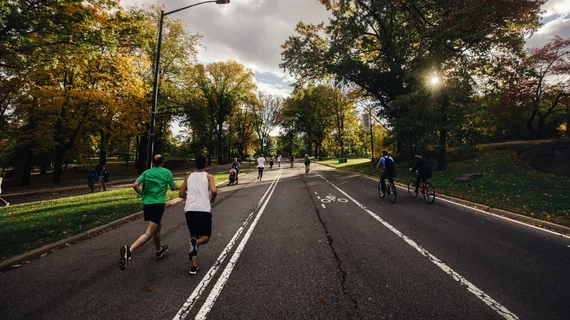Machine learning lined up to lift physical fitness out on the street
Researchers at the University of Delaware are developing a system of wearable video devices and AI analysis tools that, they hope, will help make roads and sidewalks friendlier to walkers, joggers, bicyclists and anyone else keeping fit outdoors.
In the project, Richard Suminski Jr., PhD, MPH, and colleagues are building on an established technique for gauging community-level physical activity called the block-walk method (BWM).
While this method uses sound observation practices and its criteria have been validated, it hasn’t changed much in the 13 years since it was introduced.
The BWM is “a nontechnical, labor-intensive, first generation method,” Suminski and team note in their present work, which is running in JMIR Research Protocols. “Advancing the BWM would contribute significantly to our understanding of physical activity behavior.”
The new work will create a second-generation BWM that brings in a wearable video device—specifically eyeglasses fitted with a high-definition video camera—and applies machine learning to automatically extract and process information on physical activities.
To test the improved methodology, the researchers will have two trained observers walk together along 1,000-foot sections of sidewalks and streets. One will wear the video device while the other uses conventional BWM notations to tally standers, sitters, walkers, bicyclists and runners.
Afterwards, researchers will have the video data analyzed by multiple deep convolutional neural networks, the end goal being insights that can be acted upon.
“We expect the new approach will enhance measurement accuracy while reducing the burden of data collection,” the authors write. “In the future, the capabilities of the [new] system will be expanded to allow for the determination of other characteristics captured in videos such as caloric expenditure and environmental conditions.”
Suminski et al. add that the work has the potential to not only aid researchers but also assist public health officials, government agencies and community groups aiming to improve the health status of their respective populations.
Their research protocol is available in full for free.

